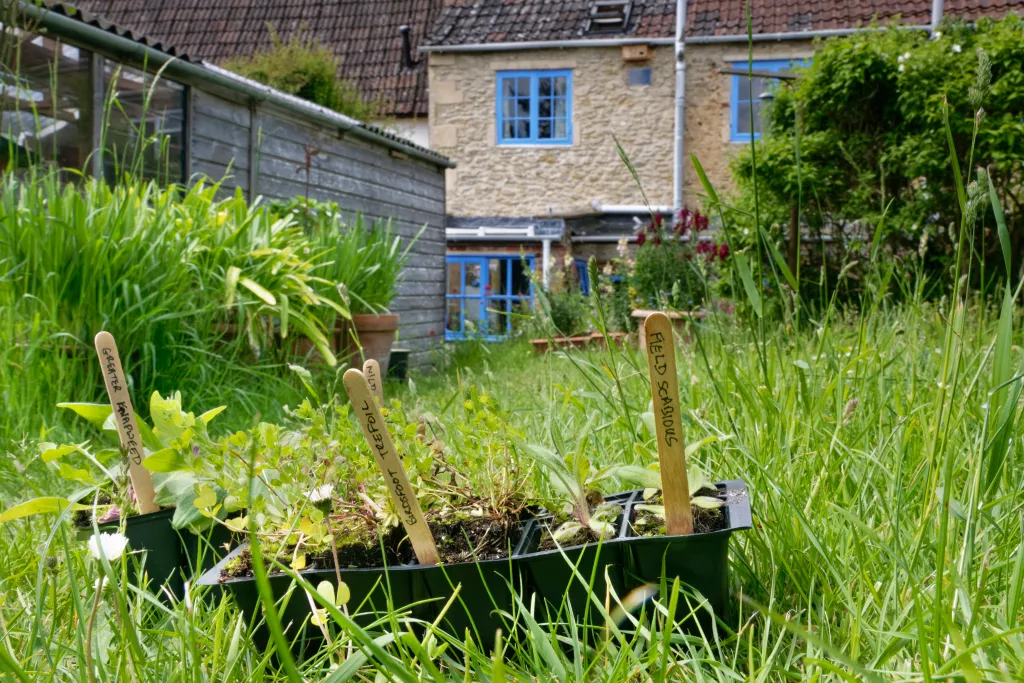Advice
Meet some remarkable winter raptors
Get to know birds of prey with our guide to what you could see in winter.
Have you ever wondered about the role your local authority can play in helping to protect and enhance nature in your community?
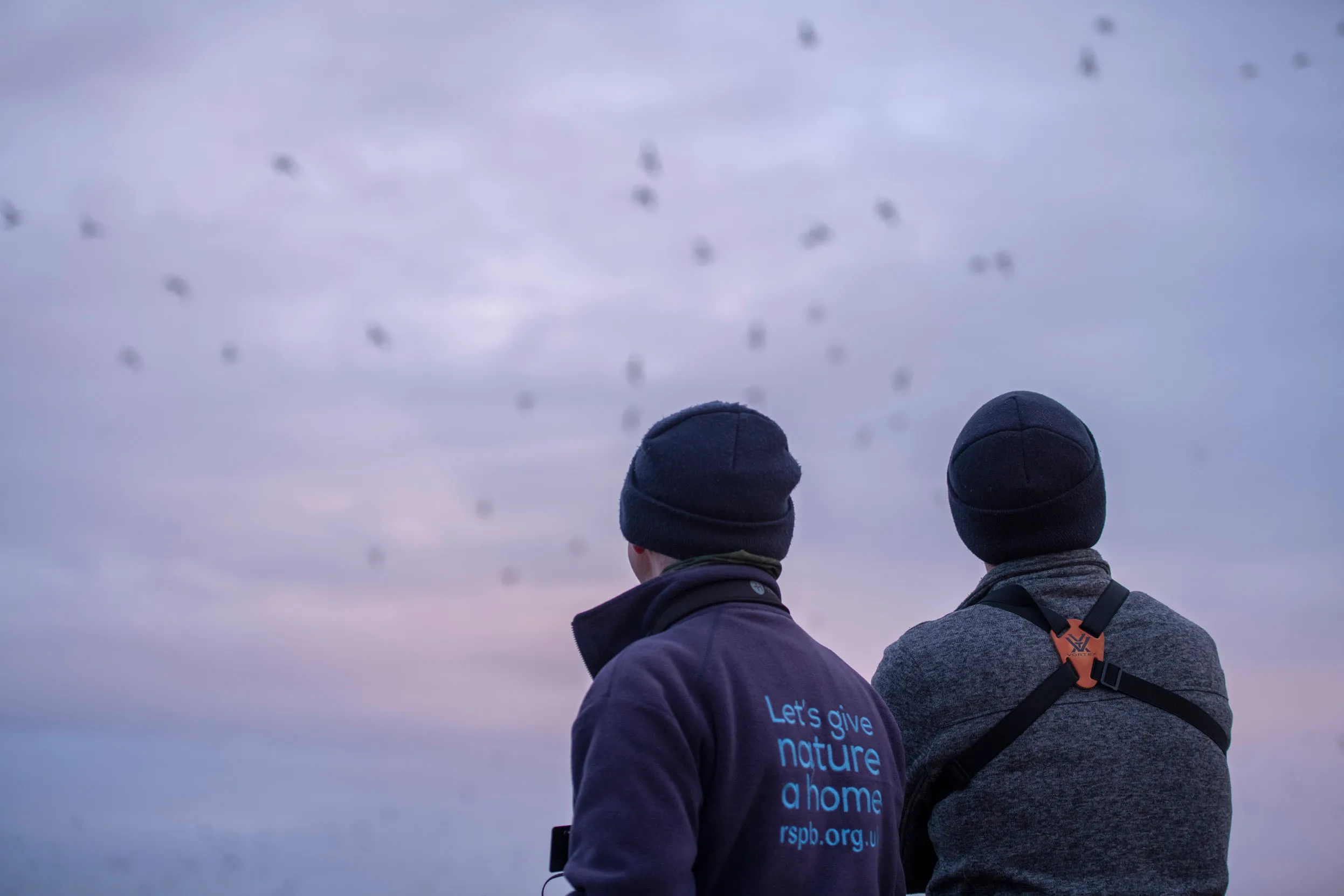
Perhaps you’ve walked past an area of unused land that could be improved for wildlife, or feel that there must be other ways that your local authority could help nature? Read on for lots of tips and advice on how you can encourage your local authority to make changes that will not only benefit wildlife, but people too.
If you’re unsure what a local authority is and what it’s responsible for, don’t worry – we’ve produced a guide to explain everything you need to know. It also contains lots of tips on how to contact your local authority, which will come in handy for the actions below.
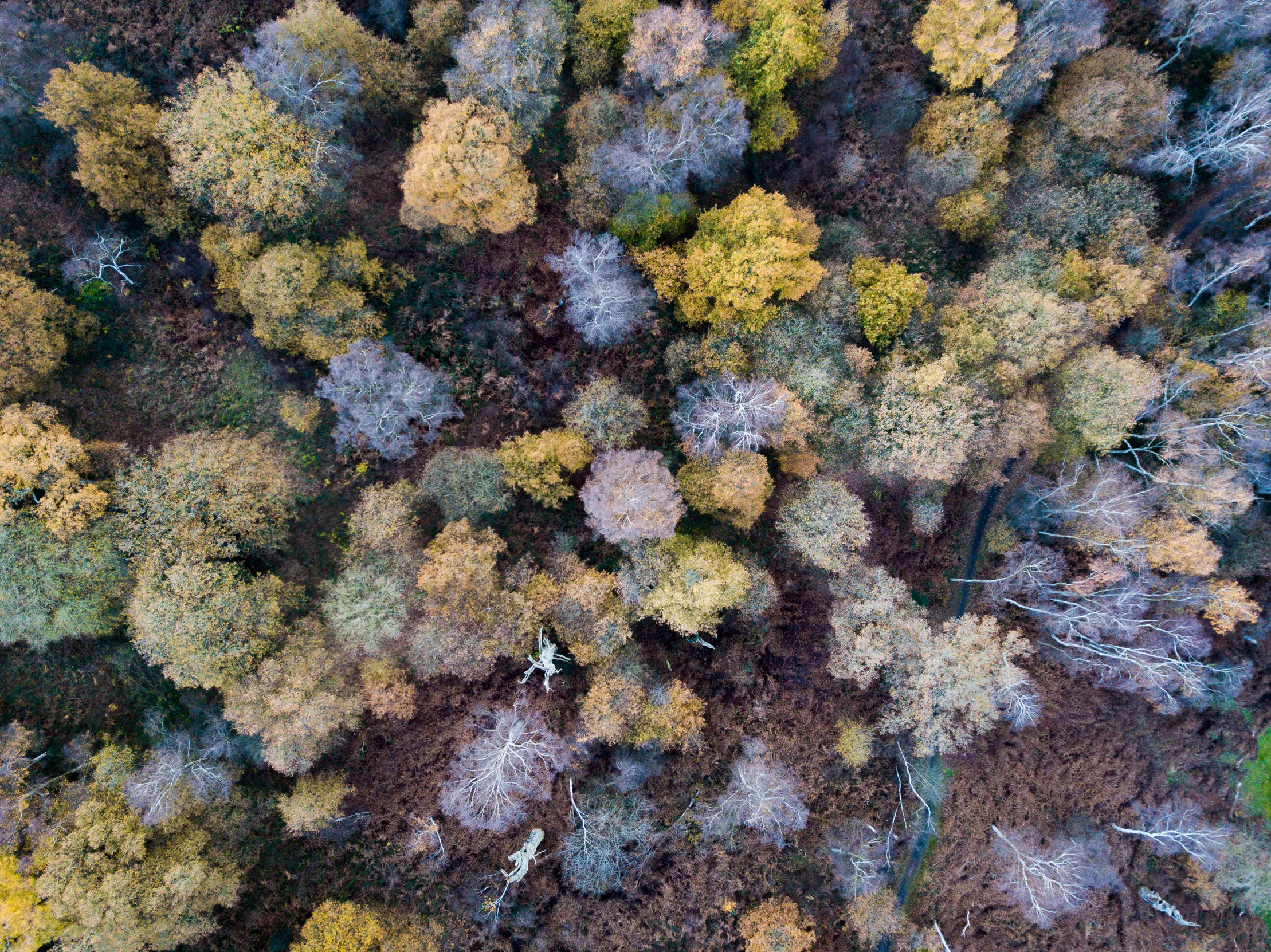
Remember, the more voices that speak up for nature, the more likely you are to succeed in persuading your local authority to take action for nature. So share these ideas with your neighbours and encourage as many people as you can to get involved. If you haven’t already, why not set up a community group and co-ordinate your efforts?
You’ll no doubt have heard that we’re in a climate emergency. But did you know that we’re also facing a nature emergency too? The fact is, the two are interlinked, with each one exacerbating the other. Nature’s recovery is the key to tackling the climate crisis, so by helping nature in your neighbourhood you’ll also be helping in the fight against climate change.
Your local authority has the power to help nature thrive in your community, so if they haven’t already done so, ask them to declare a nature emergency, accompanied by measurable targets for recovering nature and a clear action plan for how they will achieve those targets.
For guidance on how to do this, visit the Hampshire & Isle of Wight Wildlife Trust’s website. They’ve helpfully included a pre-written email template which you can send to your councillors, (wherever you are in the UK), demanding that they submit a motion to declare a nature emergency. You can copy and personalise the template, then send it directly to your local councillors using Write to Them. Alternatively, if you prefer, you could write a message of your own, from scratch.
Find out if your local authority has a climate/net zero plan and if they do, ask them to ensure that their plans to reach net zero focus on using nature-based solutions to:

Check when your next local authority councillor elections will take place and contact candidates asking them what they intend to do to protect and restore nature and local green spaces. Let them know that you’ll be voting with nature in mind – the more people that do, the more likely they are to sit up and take notice!
Call on your local authority to ensure that they manage the land they own in ways that benefit nature. For example:
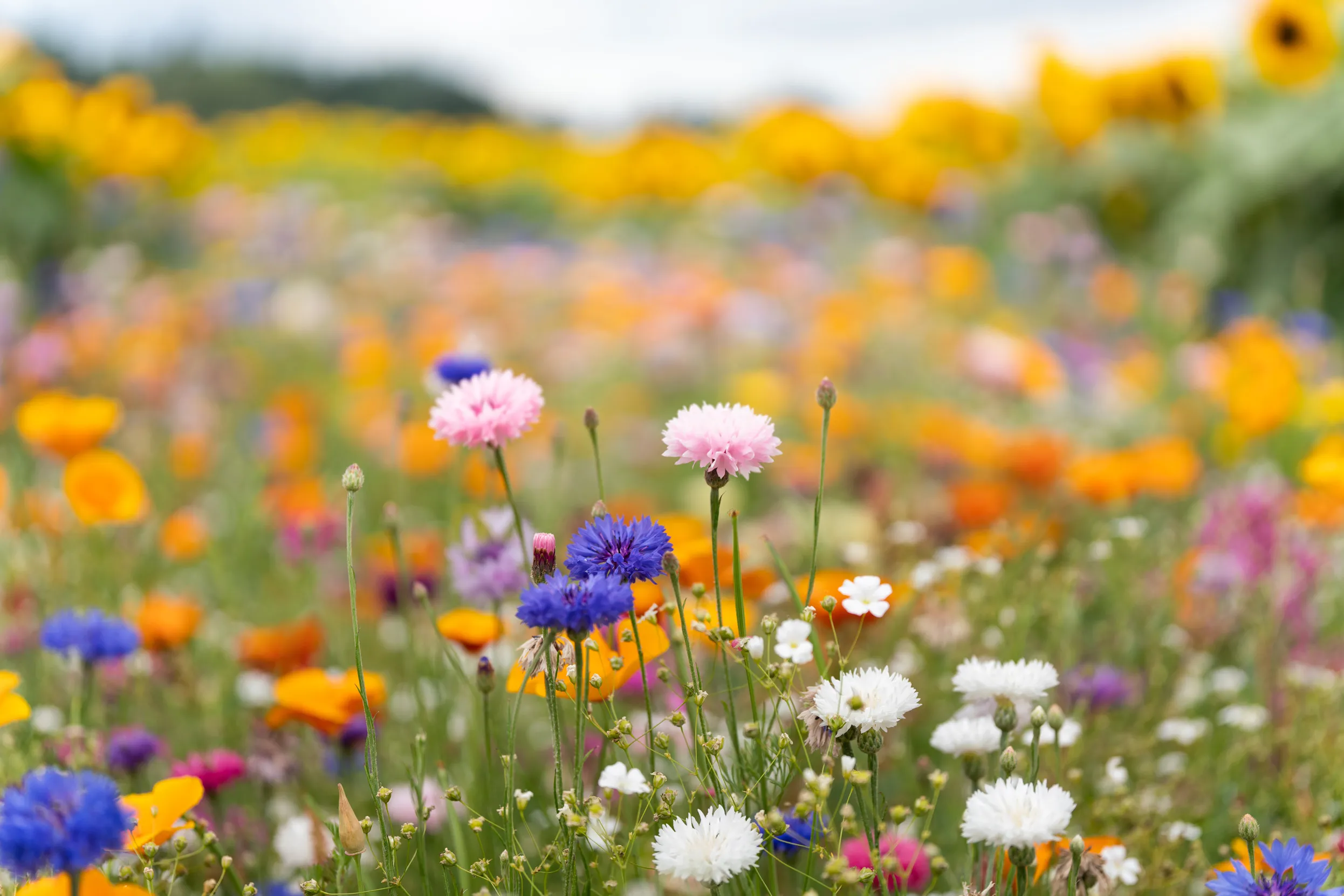
Call on your local authority to ensure that development is genuinely sustainable and creates healthy and environmentally resilient places for people and nature. The planning department (also known as the local planning authority or LPA) in your local authority deals with development. Here is how your community can take action:
Maintaining records of the wildlife living in your neighbourhood can be used as powerful evidence against development applications that might threaten your local green spaces.
Find out if there are any local wildlife groups in your area that could help coordinate wildlife surveys. For example, some parish or community councils may have a wildlife group that is linked to the declaration of a climate or nature emergency.
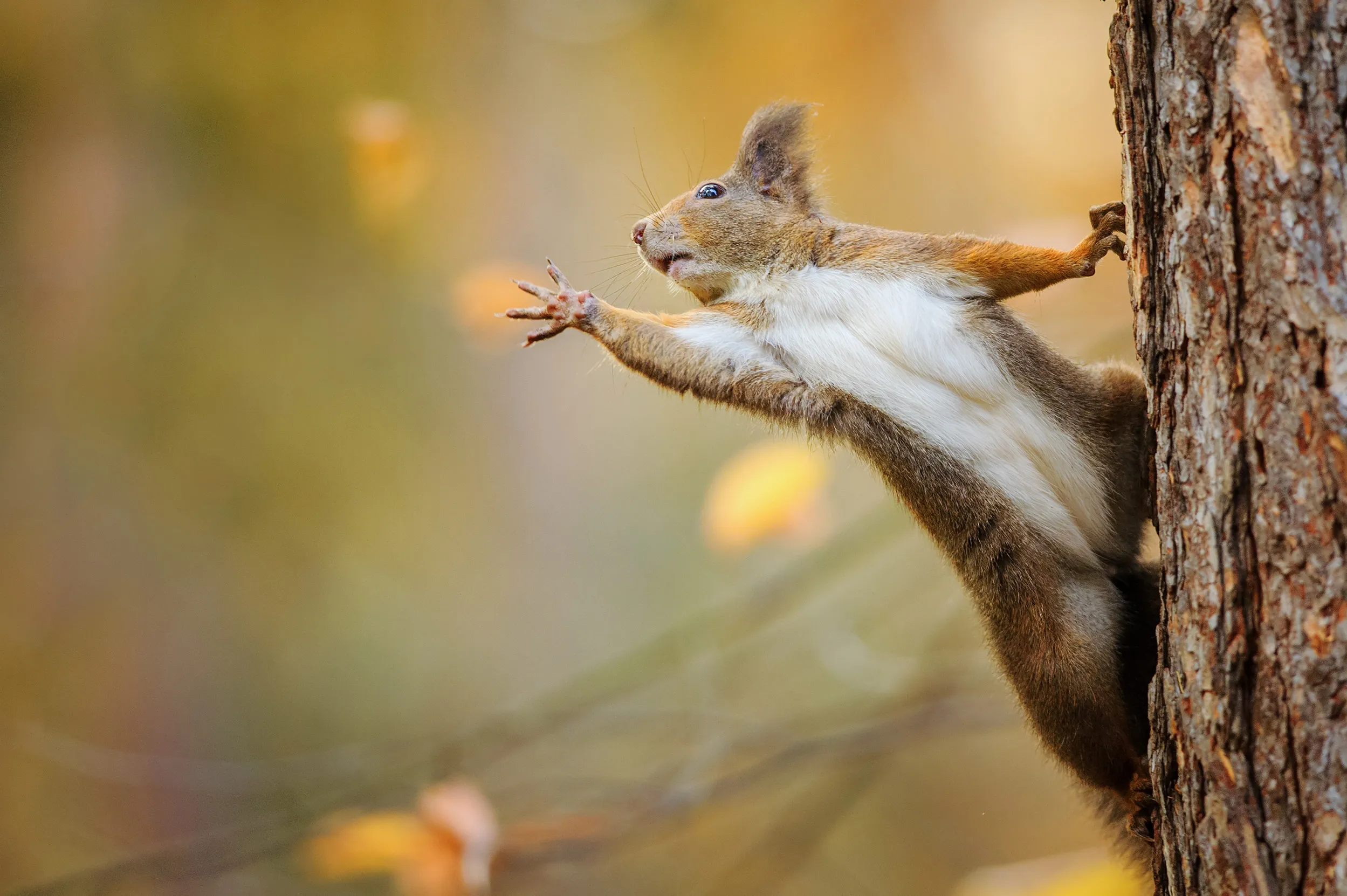
Are there areas of unused or neglected local authority-owned land in your neighbourhood that have the potential to be improved for wildlife and people? If so, it could be possible for your community to take on the management of the land to increase its value for nature. This could be an informal agreement between your community group and the local authority, or a more permanent arrangement, such as a community asset transfer. This would involve your local community coming together to buy or lease land to manage it for nature.
To help you navigate the options, we’ve put together detailed advice.
Discover how a community in London’s Tower Hamlets campaigned to change neglected, council-owned land into a haven for wildlife.
